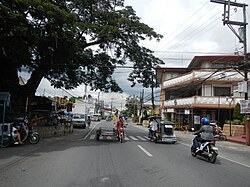
Balanga, officially the City of Balanga, is a 4th class component city and capital of the province of Bataan, Philippines. According to the 2020 census, it has a population of 104,173 people. It is south of San Fernando, Pampanga and northwest of Manila. Balanga joined the UNESCO Global Network of Learning Cities in 2015.
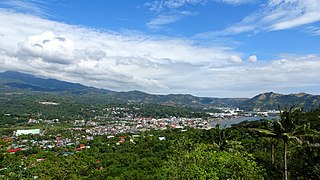
Mariveles, officially the Municipality of Mariveles, is a 1st class municipality in the province of Bataan, Philippines. According to the 2020 census, it has a population of 149,879 people.

Santo Domingo, officially the Municipality of Santo Domingo,, is a 4th class municipality in the province of Albay, Philippines. According to the 2020 census, it has a population of 37,765 people.

Salcedo, officially the Municipality of Salcedo, is a 4th class municipality in the province of Ilocos Sur, Philippines. According to the 2020 census, it has a population of 11,110 people.

Pugo, officially the Municipality of Pugo, is a 5th class municipality in the province of La Union, Philippines. According to the 2020 census, it has a population of 19,337 people.

Rosario, officially the Municipality of Rosario, is a 1st class municipality in the province of La Union, Philippines. According to the 2020 census, it has a population of 60,278 people.

Santo Tomas, officially the Municipality of Santo Tomas, is a 4th class municipality in the province of La Union, Philippines. According to the 2020 census, it has a population of 40,846 people.

Sabtang, officially the Municipality of Sabtang, is a 6th class municipality in the province of Batanes, Philippines. According to the 2020 census, it has a population of 1,696 people.
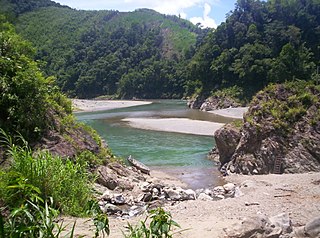
Kabugao, officially the Municipality of Kabugao, is a 1st class municipality and de jure capital of the province of Apayao, Philippines. According to the 2020 census, it has a population of 16,215 people.

Bagac, officially the Municipality of Bagac, is a 3rd class municipality in the province of Bataan, Philippines. According to the 2020 census, it has a population of 31,365 people.
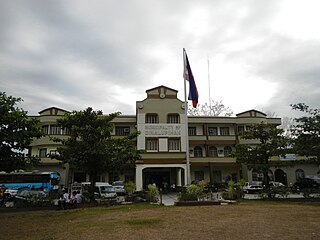
Dinalupihan, officially the Municipality of Dinalupihan, is a 1st class municipality in the province of Bataan, Philippines. According to the 2020 census, it has a population of 118,209 people.

Hermosa, officially the Municipality of Hermosa, is a 1st class municipality in the province of Bataan, Philippines. According to the 2020 census, it has a population of 77,443 people.

Limay, officially the Municipality of Limay, is a first-class municipality in the province of Bataan, Philippines. According to the 2020 census, it has a population of 78,272 people.

Morong, officially the Municipality of Morong, is a 3rd class municipality in the province of Bataan, Philippines. According to the 2020 census, it has a population of 35,394 people.

Orani, officially the Municipality of Orani, is a 1st class municipality in the province of Bataan, Philippines. According to the 2020 census, it has a population of 70,342 people.

Orion, officially the Municipality of Orion, , is a 2nd class municipality in the province of Bataan, Philippines. According to the 2020 census, it has a population of 60,771 people.

Pilar, officially the Municipality of Pilar, is a 3rd class municipality in the province of Bataan, Philippines. According to the 2020 census, it has a population of 46,239 people.

Samal, officially the Municipality of Samal, is a 4th class municipality in the province of Bataan, Philippines. According to the 2020 census, it has a population of 38,302 people.
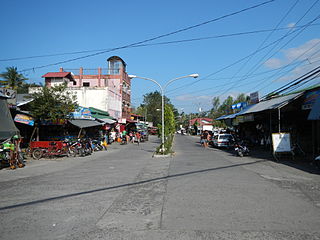
Agoncillo, officially the Municipality of Agoncillo, is a 4th class municipality in the province of Batangas, Philippines. According to the 2020 census, it has a population of 39,101 people.

New Bataan, officially the Municipality of New Bataan, is a 1st class municipality in the province of Davao de Oro, Philippines. According to the 2020 census, it has a population of 51,466 people. Geraldford N. Balbin has been its mayor since July 2016.
